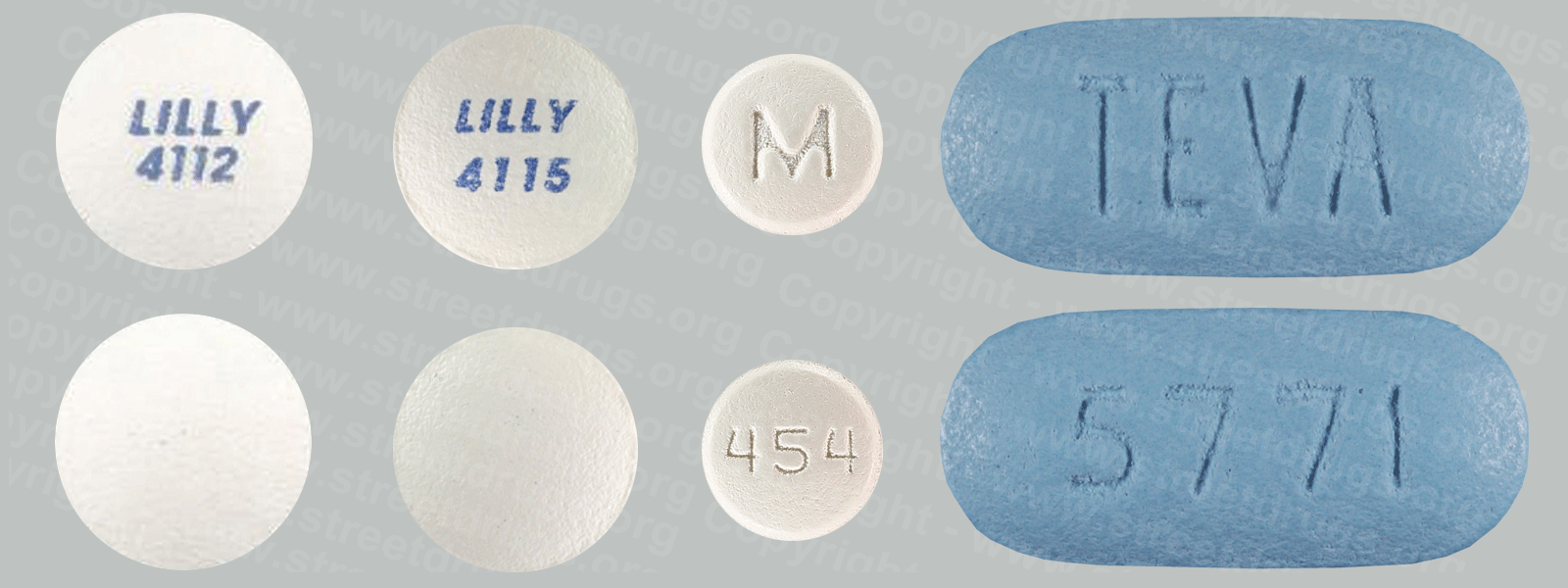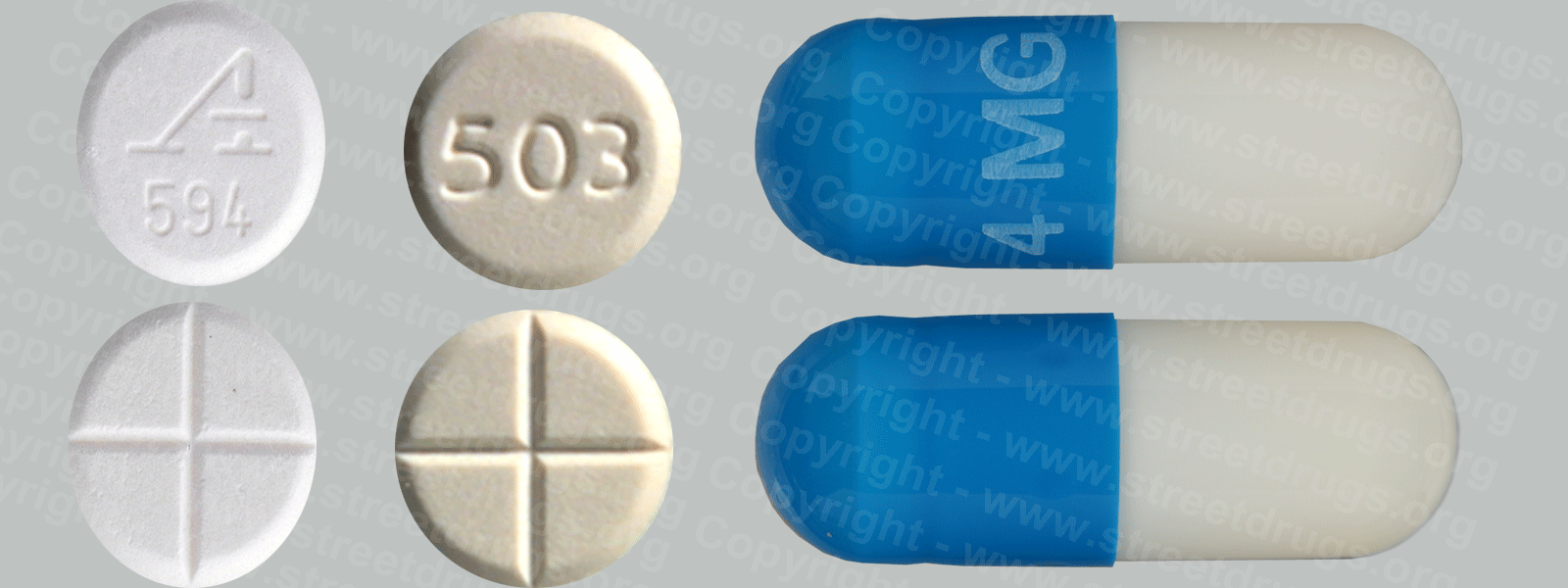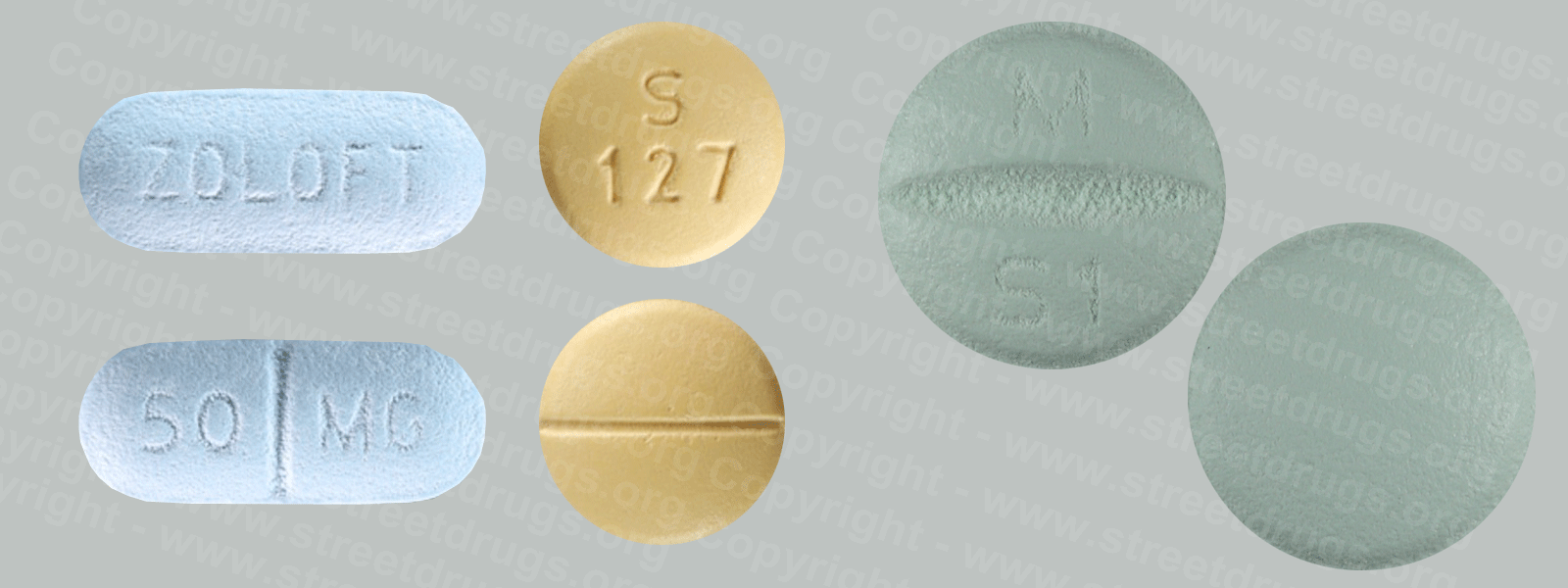Tryptamine
Tryptamine is a number of Schedules I hallucinogenic substances are classified chemically as tryptamines. Most of these are found in nature but many, if not all, can be produced synthetically. Psilocybin (O-phosphoryl-4-hydroxy-N, N-methyltryptamine) and psilocybin (4-hydroxy-N, N-dimethyltryptamine) are obtained from certain mushrooms indigenous to tropical and subtropical regions of South America, Mexico, and the United States. As pure chemicals at doses of 10 to 20 mg, these hallucinogens produce muscle relaxation, dilation of pupils, vivid visual and auditory distortions, and emotional disturbances. However, the effects produced by consuming preparations of dried or brewed mushrooms are far less predictable and largely depend on the particular mushrooms used and the age and preservation of the extract. There are many species of “magic” mushrooms that contain varying amounts of these tryptamines, as well as uncertain amounts of other chemicals. As a consequence, the hallucinogenic activity, as well as the extent of toxicity produced by various plant samples, are often unknown.
DIMETHYLTRYPTAMINE (DMT) has a long history of use and is found in a variety of plants and seeds. It can also be produced synthetically. It is ineffective when taken orally unless combined with another drug that inhibits its metabolism. Generally, it is sniffed, smoked, or injected. The effective hallucinogenic dose in humans is about 50 to 100 mg and lasts for about 45 to 60 minutes. Because the effects last only about an hour; the experience has been referred to as a “businessman’s trip.”
A number of other hallucinogens have very similar structures and properties to those of DMT. Diethyltryptamine (DET), for example, is an analog of DMT and produces the same pharmacological effects but is somewhat less potent than DMT.
Alpha-methyltryptamine (AET) is another tryptamine hallucinogen added to the list of Schedule I hallucinogens in 1994. Bufotenine (5-hydroxy-N-N-dimethyltryptamine) is a Schedule I substance found in certain mushrooms, seeds, and skin glands of Bufo toads. In general, most bufotenine preparations from natural sources are extremely toxic. N,N-Diisopropyl-5-methoxytryptamine (referred to as Foxy-Methoxy) is an orally active tryptamine recently encountered in the United States.
Source: DEA
Alpha-methyltryptamine (AMT), known as “spirals,” was designated a Schedule I drug by the DEA in April of 2003. 5-methoxy-alpha-methyltryptamine (5-MeO-AMT) is also a tryptamine. Other common names for 5-MeO-AMT are “alpha-O”, “alpha” and “O-DMS.”
EFFECTS:
Users of tryptamines typically experience a multitude of effects. These effects include hallucinations, euphoria, dilated pupils, empathy, visual and auditory disturbances/distortions, “feelings of love,” and emotional distress. Some users may experience nausea, vomiting, and diarrhea. Tryptamines, like Foxy and AMT, are very dose-dependent, which means that the doubling of a moderate dose could result in effects similar to LSD. The duration of effects from 20 mg of AMT usually lasts between 12 and 24 hours, while the effects from 6 to 10 mg of Foxy reportedly last from 3 to 6 hours.
Source: DEA
Bufotenin (5-HO-DMT, N, N-dimethylserotonin), is a tryptamine related to the neurotransmitter serotonin. It is found in the skin of some species of toads, in mushrooms, higher plants, and mammals.
Other Source:
CEWG June 2014, Patterns and Trends of Drug Abuse in …
https://www.drugabuse.gov/sites/default/files/chicago2014.pdf
Patterns and Trends of Drug Abuse in Chicago: 2013 … Tryptamine reports declined steeply from 403 in 2011, to 307 in 2012, and to 168 in 2013. PCP …
HALLUCINOGENS AND DISSOCIATIVE DRUGS
https://www.drugabuse.gov/sites/default/files/hallucinogensrrs4.pdf
Hallucinogens and dissociative drugs … tryptamine)—also known as magic mushrooms, shrooms, boomers, or little smoke—is extracted
www.drugabuse.gov
https://www.drugabuse.gov/sites/default/files/ndspcatalog23rdedition.pdf




